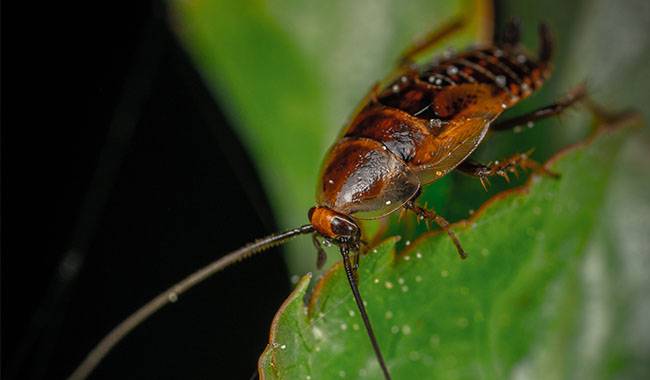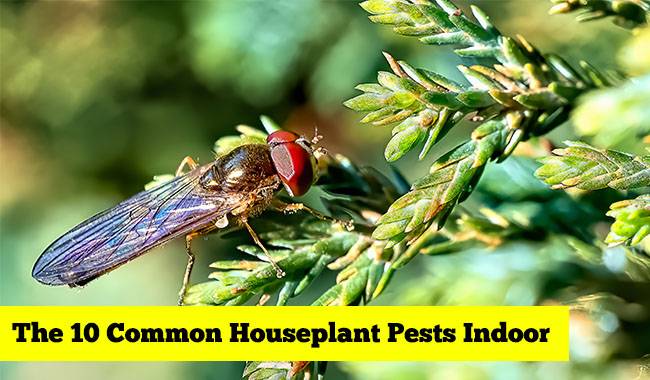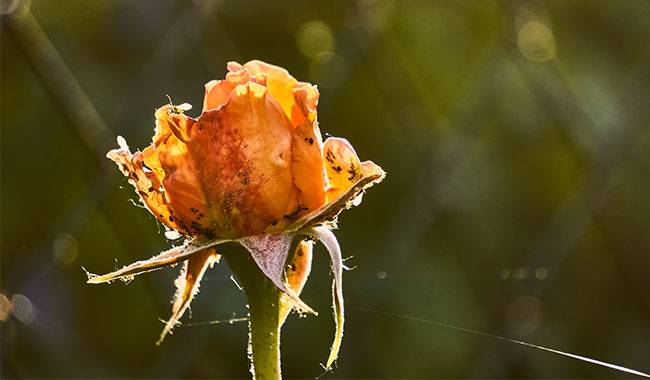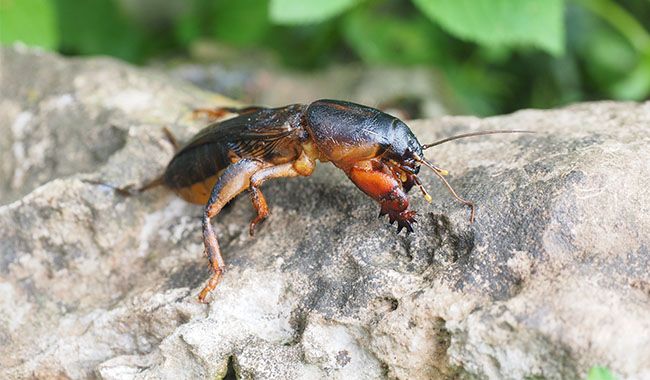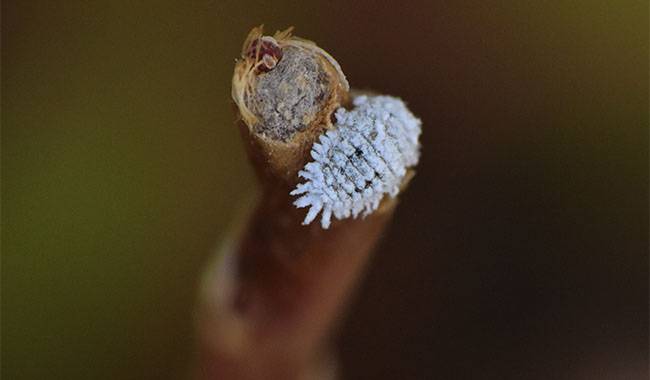
Another pest that should be mentioned in detail is Mealybug. some people think that this is not particularly dangerous, but this is not the case.
Mealybug can do damage both in greenhouses, in rooms, and even in the open ground, sucking sap from the plants, making them wilt and causing loss of their appearance, reduced yields, and immunity.
All this can lead to the infestation of these plants with other diseases and pests. Measures for the prevention and control of Mealybug will be told in the article.
WHAT IS MEALYBUG
Mealybug can start feeding on the cell sap of flowering crops, fruit plants, and technical crops, even those growing in greenhouses.
Often, if you have a greenhouse or trellis free of this pest and purchase new planting material, you may unknowingly bring this pest into your garden and expose the soil and plants to it. In this context, it is important to control Mealybug, and the sooner the better.
Mealybug, from the Latin Pseudococcidae, is slightly damaging to plants, unlike the nudibranch slug that eats parts of leaves or chews off seed cells, but infects all parts of the plant continuously, from fruits to stems and leaves, and even flowers with ovaries.
The whole action of the Mealybug is trivial; it sucks (sometimes in large quantities) vital sap from the plant, secreting the results of its vital activity in the form of sweet, sugary secretions that are as popular with ants as those of aphids, and also as sooty fungi that destroy the plant’s appearance attack aggressively on these secretions.
This pest got its interesting name “Mealybug” because it is covered with a white, flour-like waxy excretion, as well as rather pronounced hairs, in both the larval and adult stages.
SPECIAL CHARACTERISTICS OF MEALYBUG REPRODUCTION
The remarkable spread of this pest has proven to contribute to the increase in air temperature at this time of the year, as well as to the excessive use of various fertilizers in the soil, including large amounts of exact nitrogen, which leads to a general weakening of the plant organism, that is, to a reduction in its immunity.
Few people know that two generations of this pest can hatch in just one season, at the turn of spring and summer, in open spaces without any protection. Even more, individuals can appear on enclosed grounds, i.e. in greenhouses, hotbeds, conservatories, etc. This also applies to closed rooms where flower crops are grown.
It is not trivial to know that just one female Mealybug can lay up to six hundred eggs during this season. The eggs are laid by the female in a special sac which is constructed by itself with a wax-like secretion. The hatched larvae are very tenacious and mobile; some gardeners jokingly call them “roamers” because they don’t sit still.
Once this rover Mealybug, moving relentlessly, come across an important object of activity suitable for them that can be easily used for nutritional purposes, they immediately start using it as food.
The Mealybug changes its feeding site only after a biologically necessary molt, or only when absolutely necessary, for example, when the food at a given site is depleted or a large number of competitors appear nearby and a banal battle for coexistence begins.
Before beginning to spawn, the female Mealybug chooses the most nourishing and secure area for an extended spawning session. She is first attracted to the various mechanical damages on the plant: loose bark, decaying plant parts, and various cracks. In general, any place with a brief or prolonged period of moist and warm conditions is an ideal place for them to breed.
Breeding in such conditions, Mealybug causes damage to a large number of plants in the open and in protected soils (greenhouses, conservatories, etc.). Again: To prevent Mealybug infestations, you should always check the planting material, preferably by first planting these plants in a small area of your garden and forming a so-called quarantine planting to check.
DAMAGE CAUSED BY MEALYBUG
Mealybug feeds on plant sap at all stages of plant development, attacking or damaging shoots, young leaves, and flower buds, and rarely attacking trellis buds and annual shoots in the garden.
If there are many bugs on a fruit tree, they can cause the trunk of the trellis bud to crack and actively ulcerate, or even a sudden yellow spot on the leaves, which then expands slightly, causing the leaves to turn yellow.
Naturally, this important activity of Mealybug will not go unnoticed: plants infested with it will lose most of their decorative properties, their growth and development will be rather strongly retarded, they will stop flowering, or even not flower at all, just like forming fruits, in fact, fruits, if plants are not treated, they will surely die.
Worms eat far more than they need. All the leftover food they eat without restraint flows through themselves in the form of nectar, which is excreted trivially.
Soon, a sooty fungus settles on these excretions and begins to develop there. The result is that the sooty mold builds up and the surface of the plant becomes darker, almost black.
Apart from the unsightly appearance, what a threat this is to the plants: the photosynthetic processes that occur in the plants are greatly reduced and their respiration deteriorates.
But that’s not all: Mealybug actively excretes sweet nectar on it, as well as on the aphids’ sweet spot, and ants run from all around, forming a living wall against insect predators that can eat Mealybug.
It is not uncommon for ants to even drag the Mealybug’s eggs from place to place so that they are not destroyed.
Of course, Mealybug bugs are most attracted to ornamental plants – especially those with excessive amounts of vegetation, i.e., plants fed too much nitrogen, weakened plants with reduced immunity.
And it doesn’t matter if they are in the open or in a protected area (greenhouse, trellis, etc.). But even in a normal garden, this pest is sometimes rampant.
MEASURES TO PREVENT MEALYBUG
Therefore, if you want to make sure that Mealybug does not enter your plot, check well before you buy seedlings for any painful spots. You will then have to quarantine the plant after you buy it – that is, put it in an out-of-the-way place and keep a close eye on it.
Usually, if the plant is infested, the male pests will move around freely and inspect the branches and leaves carefully.
More effective preventive measures than simple inspection include organizing regular warm showers – watering with a water temperature of about 86°F (30°C) and washing the windows in the greenhouse with water of about 122°F (50°C).
Of course, you must not forget to remove any plant parts that have dried out or have been damaged for some reason. If you find that the plant is only singularly damaged by Mealybug, you can remove it with ordinary tweezers or sweep it into any container with a stiff brush.
Plants with fairly dense epidermis but no waxy coating should be treated as follows: Soak a brush dipped in kerosene in alcohol or plain soapy water for a few seconds and wipe all the green parts of the plant with this brush.
A secondary measure to control Mealybug is to remove any ant mounds from the area. Three methods can be used to destroy ant mounds – watering them with boiling water, which is inhumane; using insecticides, which, by the way, can also damage the environment.
and simply collecting all the ants in a thick polyethylene bag and taking them far from the site, where they can be released into the wild (a more humane method).
Common sticky traps can also be helpful for Mealybug. Consider that the biological response of male Mealybug bats at night is to fly towards the light.
You only need to do one thing: secure the sticky strips near a light source and leave the last sticky strip on all night. Males will stick to these strips, and you only need to renew them periodically.
FOLK REMEDIES TO PREVENT AND TREAT MEALYBUG

We have already covered some folk remedies, so let’s take a few more examples. For example, a very effective folk remedy against Mealybug is a laundry soap solution.
To do this, you can use 18-20 grams of antibacterial soap, or half a bar of laundry soap, and dilute it all in a liter of water.
The resulting solution should be allowed to soak for a day, and then diluted twice to treat plants affected by Mealybug, at intervals of 8-9 days.
A mixture of one liter of water and a few tablespoons of olive oil is a very good option to use directly for spraying plants.
Those who use the following method, well-spoken to it: you need to take the solution of soap scraps, grate about 10 grams of soap on a grater and then pour a little water (0.5 liters) heated to room temperature, stir well and add as much water as possible to obtain a liter of solution also room temperature.
All that remains is to add about 20 ml of alcohol or better vodka and mix everything thoroughly.
Before using this preparation, you should cover the soil thoroughly with flannel so that the solution does not enter the soil. The treatment can be done every other day and then the plants are well watered before removing the lint. This treatment can be done once a week to get maximum results.
Another quick and quite good way to treat Mealybug: take six or seven cloves of young spicy garlic, chop or crush them, then pour 0.5 liters of boiling water over the mixture and leave it in a closed container for 3-5 hours. After this time, strain the infusion through gauze, which you can use to treat plants infected with Mealybug.
TREATING MEALYBUG WITH CHEMICALS
If mild folk remedies do not help, then you can safely take chemicals, alas, there is no other way. The greatest effect of using chemicals can be observed when the pests are still very young when their bodies are not yet covered with protective wax.
However, things are not so simple: at the same time and on the same plant, you can see Mealybug at a completely different stage. Because of this, if the infestation is particularly severe, use insecticides not once, but three or four times, at intervals of several weeks or even ten days.
Check the plants again before applying chemicals: so, if there are a few colonies, they can be easily removed by simply cutting off the infected shoots with scissors along with the colonies or cleaning their dense fuzz with a toothbrush, but if there are many colonies, they cannot be removed from the area.
Often, one realizes that there is an offspring when a female Mealybug carcass is found and that it is thriving, meaning that the offspring maybe somewhere nearby. Mealybug eggs are most active during the first 25-30 hours; this is the ideal time to apply contact-acting insecticides, but this can rarely be accurately determined.
Growing insects with protective wax coverings are actively feeding during this period, making it difficult to eliminate them. In such cases, the use of systemic acting agents is most appropriate, which can accurately penetrate the individual’s sap-transfer system. For greater effectiveness, we do not recommend using the same preparation every time but preferably changing it annually.
That’s all we wanted to tell you about Mealybug in the garden. If you have your own method of controlling this pest, we would appreciate it if you share it in the comments.




